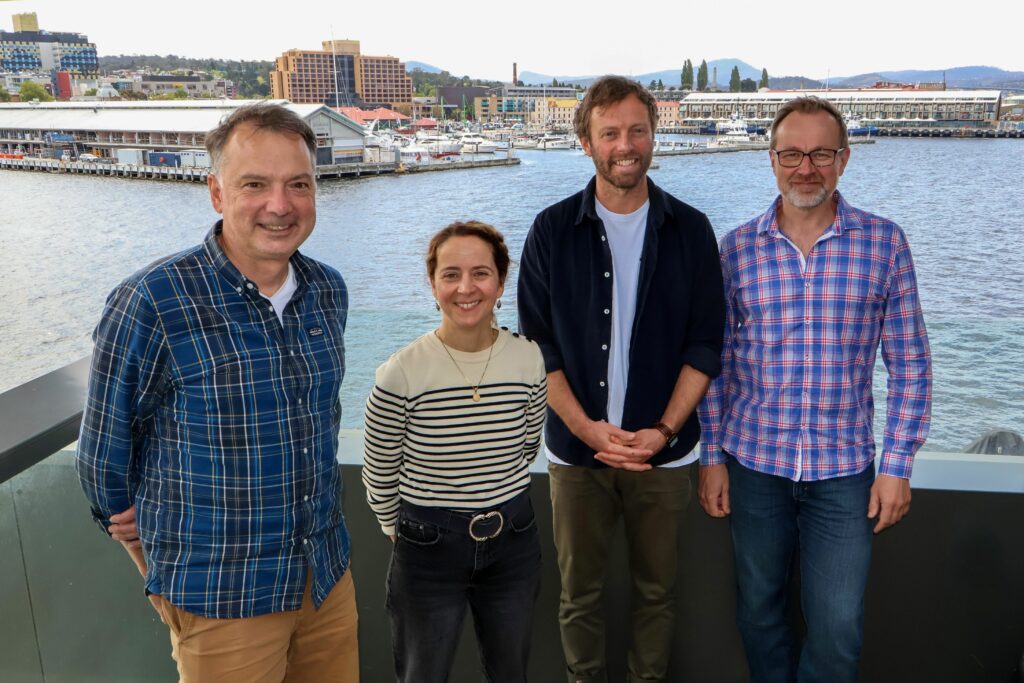Tracing the pathways of warmer waters melting ice shelves
13 February 2025
Scientists from the University of Tasmania have installed a mooring line carrying sensors that measure the temperature, salinity and current speed of the ocean near the grounding line of a glacier in the Denman region of East Antarctica.
Glaciologist Dr Sarah Thompson, from the Australian Antarctic Program Partnership at UTAS, said it will provide the vital link between warmer ocean waters and their effect on the ice shelves.
“Because we don’t have a lot of information about the shape and depth of the ocean floor beneath the ice shelves, we don’t know whether the warmer water masses we see offshore can reach the grounding line and contribute to melting at the base of the ice.”
“With the mooring in place close to the grounding line of Scott Glacier we can directly compare, in real time, the ocean properties there with the offshore CTD profiles that will be collected as part of the Denman Marine Voyage on Australia’s icebreaker RSV Nuyina.”
Oceanographer Dr Madi Rosevear, from the Australian Centre for Excellence in Antarctic Studies at UTAS, said the data from the mooring dovetails the science work from the terrestrial side with the marine side.
“Having the mooring in the water making measurements during the Denman Marine Voyage this year is extremely powerful, since we’ll be able to compare the water properties inside and outside of the ice shelf cavity.”
“Hopefully, we’ll be able to assess the circulation pathways beneath the ice, and ascertain how vulnerable the ice shelf is to changes in the ocean around Antarctica.”
READ AND SEE MORE: Fishing for a glacier’s secrets (multimedia feature)




